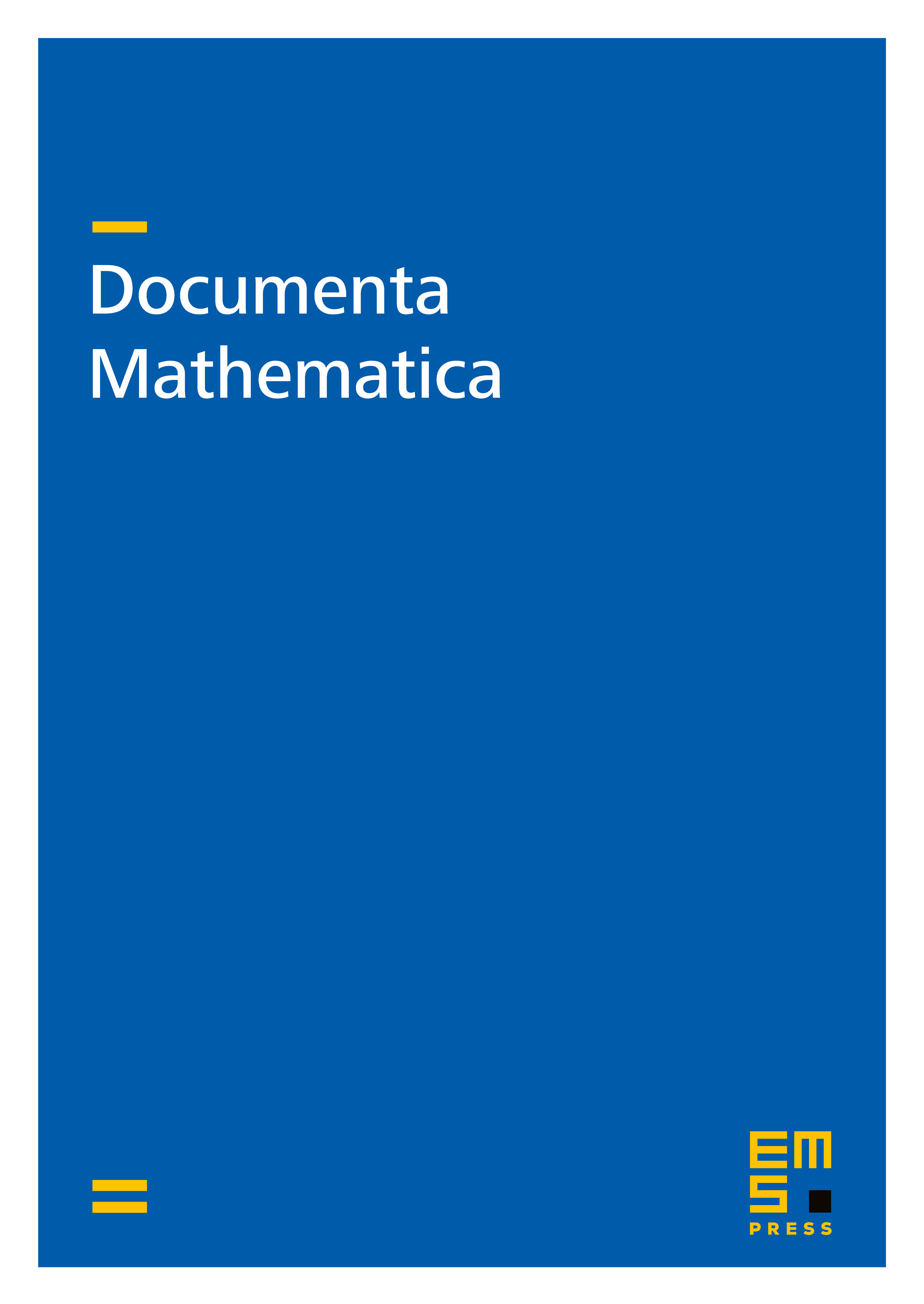Hasse principle for -quadratic forms
Eva Bayer-Fluckiger
Nivedita Bhaskhar
Raman Parimala

Abstract
Let be a global field of characteristic . The classical Hasse–Minkowski theorem states that if two quadratic forms become isomorphic over all the completions of , then they are isomorphic over as well. It is natural to ask whether this is true for -quadratic forms, where is a finite group. In the case of number fields the Hasse principle for -quadratic forms does not hold in general, as shown by J. Morales [M 86]. The aim of the present paper is to study this question when is a global field of positive characteristic. We give a sufficient criterion for the Hasse principle to hold (see th. 2.1.), and also give counter-examples. These counter-examples are of a different nature than those for number fields: indeed, if is a global field of positive characteristic, then the Hasse principle does hold for -quadratic forms on projective - modules (see cor. 2.3), and in particular if is semi-simple, then the Hasse principle is true for -quadratic forms, contrarily to what happens in the case of number fields. On the other hand, there are counter-examples in the non semi-simple case, as shown in §3. Note that the Hasse principle holds in all generality for -trace forms (cf. [BPS 13]).
Cite this article
Eva Bayer-Fluckiger, Nivedita Bhaskhar, Raman Parimala, Hasse principle for -quadratic forms. Doc. Math. 18 (2013), pp. 383–392
DOI 10.4171/DM/402